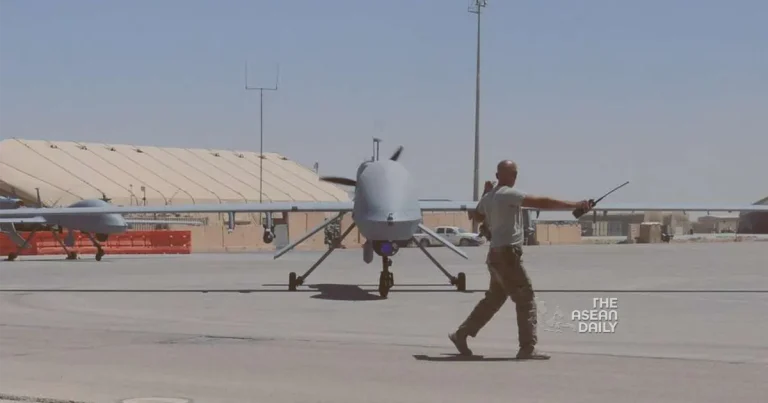27-10-2023 (WASHINGTON) In a recent announcement made on October 26, the Pentagon confirmed that the United States conducted airstrikes on two facilities located in eastern Syria. These facilities were reportedly being used by Iran’s Islamic Revolutionary Guard Corps and the militias they support. The decision to carry out these “narrowly tailored” strikes was driven by a series of attacks against American forces in Iraq and Syria, which have been attributed to Iranian-backed militias.
According to Secretary of Defense Lloyd J. Austin III, these strikes were a direct response to the 19 attacks that Iranian-backed militias had launched against U.S. military personnel in Iraq and Syria over the past ten days. The situation had escalated significantly, leading to concerns for the safety of American forces in the region.
Austin emphasized that Iran was attempting to distance itself from these attacks, but the U.S. would not allow them to do so. He stated, “Iran wants to hide its hand and deny its role in these attacks against our forces. We will not let them. If attacks by Iran’s proxies against U.S. forces continue, we will not hesitate to take further necessary measures to protect our people.”
The strikes themselves were executed by two U.S. Air Force F-16s, as confirmed by a senior military official during a press briefing. This military action underscores the growing tensions between the United States and Iran, with the U.S. government determined to safeguard its personnel and interests in the region.
In response to the ongoing attacks, President Joe Biden issued a warning to Iran’s Supreme Leader, Ali Khamenei. During a news conference on October 25, President Biden stated, “My warning to the Ayatollah was that if they continue to move against those troops, we will respond. And he should be prepared.”
The situation in the Middle East has been further complicated by the recent unrest triggered by Hamas’s attack on Israel on October 7, followed by Israel’s military response in Gaza. This has added to the volatility in the region.
To enhance the protection of U.S. forces in the area, the Pentagon has taken additional measures, including sending a Terminal High Altitude Area Defense (THAAD) anti-missile battery to Saudi Arabia and deploying Patriot surface-to-air missile systems in several Gulf states and Jordan. These systems will be manned by approximately 900 troops. Short-range Avenger systems are also being deployed. While some U.S. troops sustained minor injuries in the recent attacks, they have since returned to their duties. Unfortunately, a U.S. contractor lost his life due to a cardiac event during these turbulent times.
Notably, this recent airstrike is not the first time the United States has taken military action in the region during President Biden’s tenure. In February 2021, the President ordered an airstrike against an Iranian-backed militia in Syria following a rocket attack on U.S. forces in Erbil, Iraq. Subsequently, in March 2023, the White House has refrained from conducting strikes in Iraq to avoid exacerbating the political situation in the country, where the U.S. maintains a presence of 2,500 troops.
The debate over how the U.S. should respond to these ongoing challenges continues among military experts. Some former military commanders argue that a more forceful U.S. response is necessary and that militias in Iraq should not be immune to military action if they persist in mounting drone and rocket attacks against U.S. forces.
Retired Army Gen. Joseph L. Votel, who led U.S. Central Command (CENTCOM) from 2016 to 2019, expressed his views on the matter. He stated, “I don’t think we should take it. We have to be willing to back up our narrative.” Votel emphasized that while the U.S. operates in Iraq at the invitation of the Iraqi government, it should not expose its troops to the risk of attacks by Iranian-aligned militia groups.
Efforts have also been made to engage with the Iraqi government to prevent further attacks. Secretary of Defense Austin recently urged Iraq’s prime minister to take measures to ensure the safety of coalition troops, convoys, and diplomatic facilities. However, reining in Iranian-backed militias in Iraq has proven to be a complex challenge for the Iraqi government.
A broader question looms over whether the U.S. should maintain a larger military presence in the region as a deterrent against Iran and its network of proxies. While there is a growing sentiment to reduce the U.S. military footprint in the Middle East, the enduring interests of the United States in the region may necessitate continued resource allocation for the protection of its personnel and interests.




